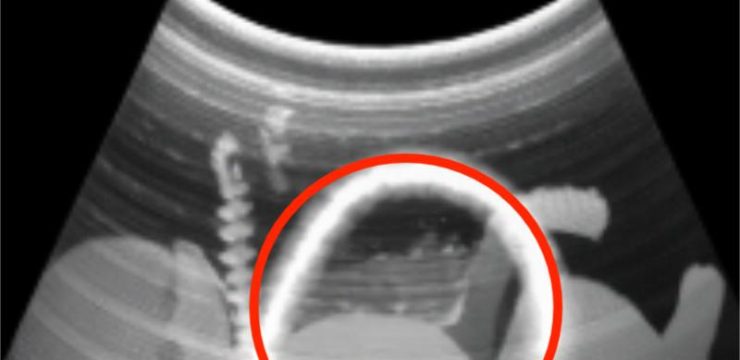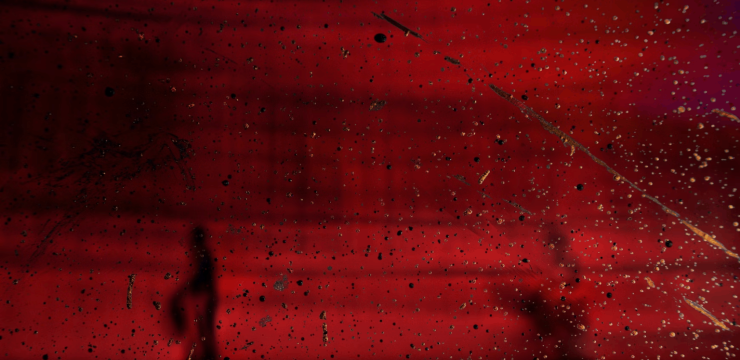Have you ever encountered a puzzle so tricky it makes you rethink everything you see? The riddle, “Who is pretending to be rich?” might sound straightforward, but solving it requires sharp attention to detail and critical thinking. Let’s dive into the challenge, step by step, and discover who’s faking their wealth.

Why Are Puzzles Like This So Tricky?
Puzzles like this one are designed to be deceptive. They rely on subtle clues that are easy to overlook. Here’s why they often stump us:
- Jumping to conclusions: We tend to focus on the obvious while missing hidden details.
- Ignoring context: How clues are presented can be just as important as the clues themselves.
- Lack of creative thinking: Solving these puzzles often requires interpreting details in unconventional ways.
Keeping these points in mind, let’s carefully break down the riddle and pinpoint the pretender.
Step-by-Step Breakdown: Who’s Faking Their Wealth?
Step 1: Observe the Clues
The puzzle introduces three individuals who all appear wealthy. They wear stylish clothing, flaunt accessories, and surround themselves with luxurious items. However, as the saying goes, appearances can be deceiving. Solving the puzzle means looking beyond the surface.
Step 2: The First Individual
The first person wears a flashy jacket, but there’s a catch—it’s made of polyester. This small detail is crucial. High-end clothing brands usually use expensive, natural fibers like wool, silk, or cashmere. Polyester, on the other hand, is a cheaper material often associated with budget-friendly options. While the jacket may look stylish, its material hints that this individual might not be as wealthy as they seem.
Step 3: Evaluating the Other Two Individuals
Let’s examine the second and third characters:
- The Second Person: Their outfit includes authentic designer labels and a luxury watch. The fit and fabric of their clothing suggest genuine affluence.
- The Third Person: Dressed in a well-tailored suit and high-quality shoes, this individual exudes wealth. There are no clear signs of pretense in their appearance.
With no red flags for the second and third individuals, the focus returns to the first person. The polyester jacket stands out as the telltale sign of false wealth.
Step 4: The Final Answer
After analyzing all three individuals, it becomes clear that the first person is the one pretending to be rich. The polyester jacket is the giveaway. While other elements of their appearance may scream luxury, this small but significant detail exposes the truth.
The Correct Answer: The First Person Is Faking It
The first person’s polyester jacket reveals their pretense. In contrast, genuinely wealthy individuals tend to wear garments made from high-quality materials that reflect their status.

What This Puzzle Teaches Us
This riddle is more than just a game—it offers valuable lessons about observation and attention to detail. In life and puzzles alike, small details often reveal the bigger picture. The polyester jacket might seem insignificant, but it’s the key to uncovering the deception.
Why does this matter? Many logic puzzles hinge on subtle clues that are easy to miss. By learning to focus on these details, you can sharpen your observation skills and improve your problem-solving abilities.
Engagement: Did You Figure It Out?
Were you able to spot the pretender right away, or did the polyester jacket catch you off guard? Don’t worry if you missed it—many people overlook subtle details like this. What did you think of the challenge?
If you enjoyed this riddle, there are plenty more puzzles to test your brain. Each one offers a chance to think creatively, analyze details, and strengthen your critical thinking skills.
Conclusion: Hone Your Skills with More Puzzles
The “Who is pretending to be rich?” puzzle demonstrates how appearances can be misleading. Solving it requires going beyond the obvious and focusing on the details others might miss. By practicing with puzzles like this one, you can enhance your observation and analytical skills—not just for riddles, but for everyday situations.
So, keep challenging yourself! Each new puzzle is an opportunity to think outside the box, uncover hidden clues, and improve your problem-solving abilities. Who knows? The next tricky riddle might feel like a breeze.





